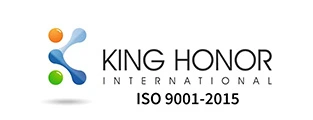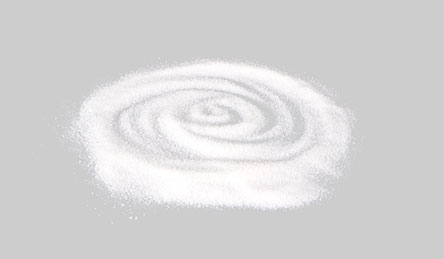
Search


In thermoplastic road marking paint, the application of wax is crucial. Wax not only improves the physical properties of the paint but also enhances the durability of the markings and the efficiency of construction.
1. Lowering Melting Point and Improving Flowability
One of the main functions of wax in thermoplastic paint is to lower the melting point and enhance the paint's flowability. Due to the low melting point of wax, it helps reduce the overall melting temperature of the paint, allowing it to melt quickly during heating and making it easier to apply on the road surface. Common waxes used include Fischer-Tropsch wax (FT wax) and polyethylene wax (PE wax).
2. Improving Anti-Slip and Wear Resistance
The addition of wax can improve the anti-slip and wear resistance of road marking paint. Road markings are exposed to vehicle friction and environmental changes, which can lead to wear. Wax forms a smooth surface within the paint, reducing friction and slowing the rate of wear, thereby extending the service life of the markings.
3. Enhancing Anti-Aging Properties
Road marking paint is exposed to UV radiation and rain for extended periods, making it prone to aging. Wax improves the paint’s resistance to aging, slowing the degradation of its components and maintaining the color and stability of the markings. The fischer tropsch wax, in particular, has excellent antioxidant properties, making the paint more durable.
4. Improving Weather Resistance
Wax also enhances the paint's weather resistance. In various weather conditions, road marking paint needs to maintain good adhesion and color durability. Wax can form a protective layer on the surface of the paint, reducing the impact of environmental factors and ensuring the long-term effectiveness of the markings.
5. Reducing Paint Adhesion
The use of wax in paint can also reduce its adhesion, preventing the road marking paint from sticking to the construction equipment during application. This property improves construction efficiency and reduces the need for equipment cleaning.
6. Improving Surface Smoothness and Visual Effects
Wax can also make the surface of the paint smoother, which helps improve the reflective properties of road markings. Especially at night or in low-light conditions, wax enhances the reflective performance of the markings, increasing their visibility and ensuring driving safety.
The application of industrial wax in thermoplastic road marking paint significantly improves its performance. By adjusting the paint's melting point, improving flowability, enhancing wear resistance, and increasing anti-aging properties, wax provides strong support for the longevity and efficiency of road markings. Common wax materials like Fischer-Tropsch wax and polyethylene wax, due to their excellent properties, have become indispensable components in thermoplastic road marking paint.
King Honor’s Fischer-Tropsch wax KHWAX QP115H and polyethylene wax E115H are both excellent choices. Contact us now.
